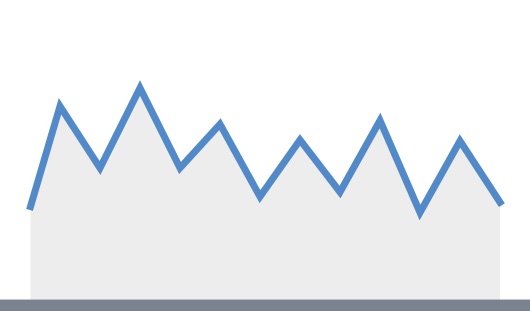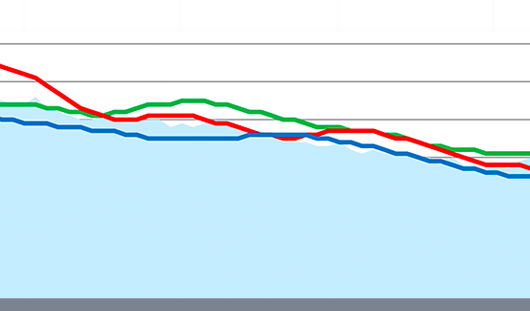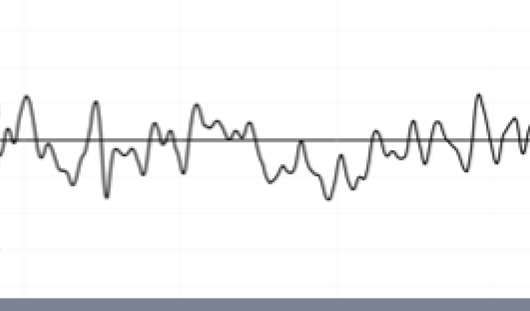Macroeconomic Data
Macroeconomic data are statistical information that reflect an economy’s overall performance and behavior. They encompass indicators produced by statistical agencies, such as GDP, inflation, and employment, as well as indexes and forecasts derived from these indicators. Analysts and policymakers use these data to assess an economy’s health, identify trends, and make informed decisions.
About Our Products
In the sections below, you will find links to:
- A dynamic stochastic general equilibrium model forecast (PRISM-II) of the U.S. economy. This model comprises about 30 equations and is estimated/simulated using the MATLAB programming language.
- An index of partisan conflict. This index is computed using the frequency of newspaper articles reporting disagreement in a given month.
- A monthly data release that tracks the rate at which workers transition from one employer to another. A faster pace of employer-to-employer transition tends to imply higher wage and productivity growth, since workers typically leave one job for another to pursue better opportunities.
Featured Data Sets

Fujita, Moscarini, and Postel-Vinay Employer-to-Employer Transition Probability
Fujita, Moscarini, and Postel-Vinay Employer-to-Employer Transition Probability tracks the rate at which U.S. workers transition from one employer to another in a given month.
Updated: 22 Apr ’24

Partisan Conflict Index
Tracks the degree of political disagreement among U.S. politicians at the federal level.
Updated: 10 Apr ’24

Philadelphia Research Intertemporal Stochastic Model-II (PRISM-II)
The Philadelphia Research Intertemporal Stochastic Model-II (PRISM-II) is the second-generation dynamic stochastic general equilibrium (DSGE) model that is being developed by the Research Department of the Federal Reserve Bank of Philadelphia.
Updated: 25 Mar ’24